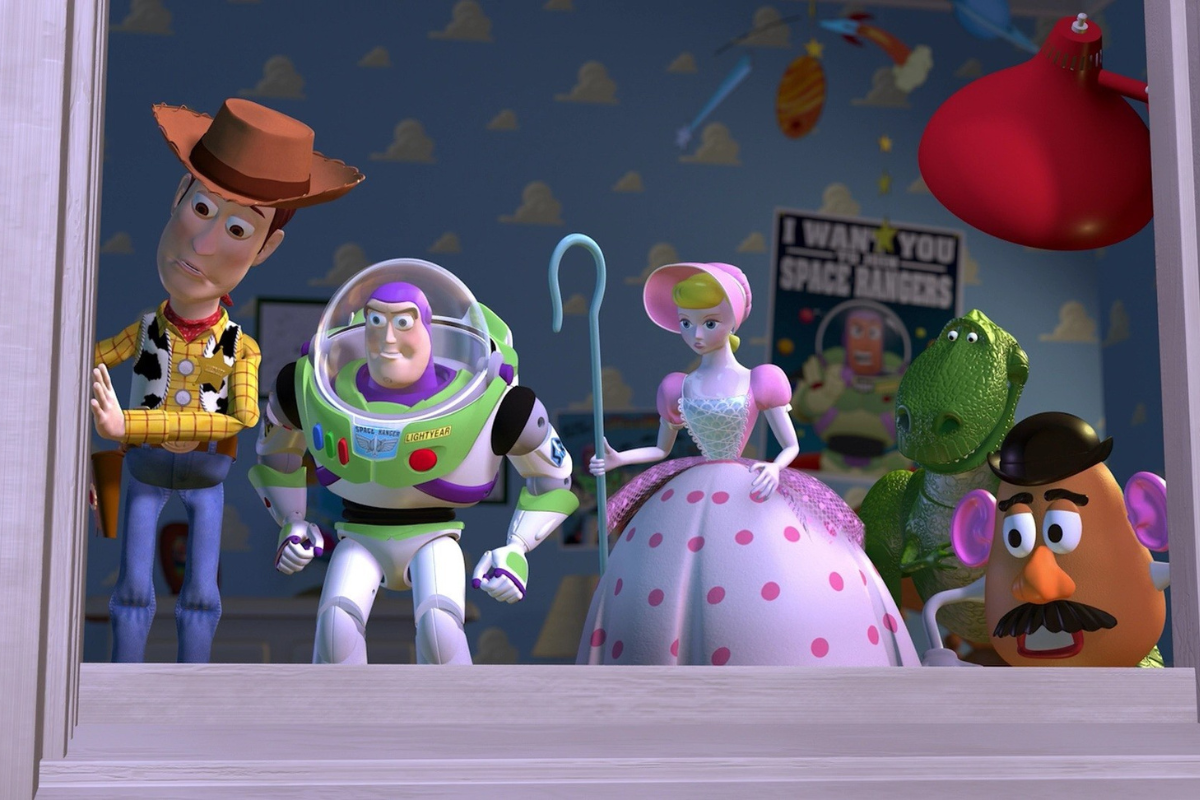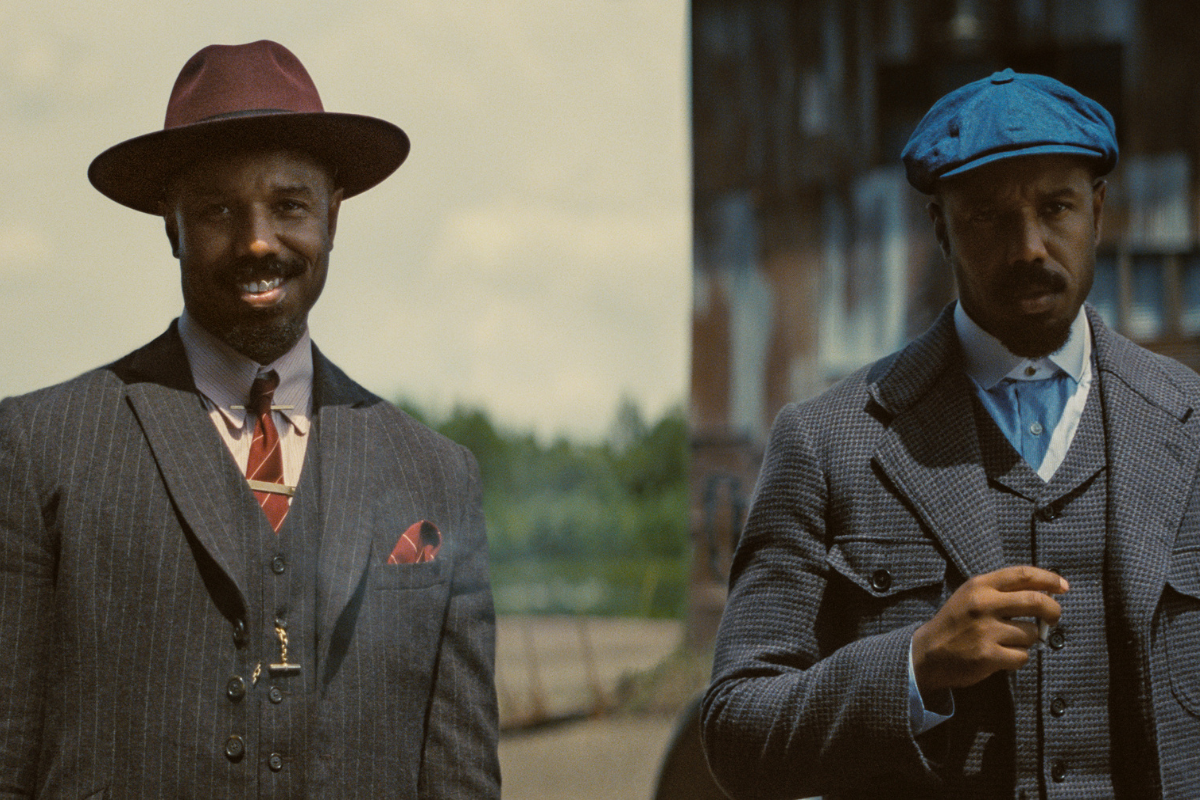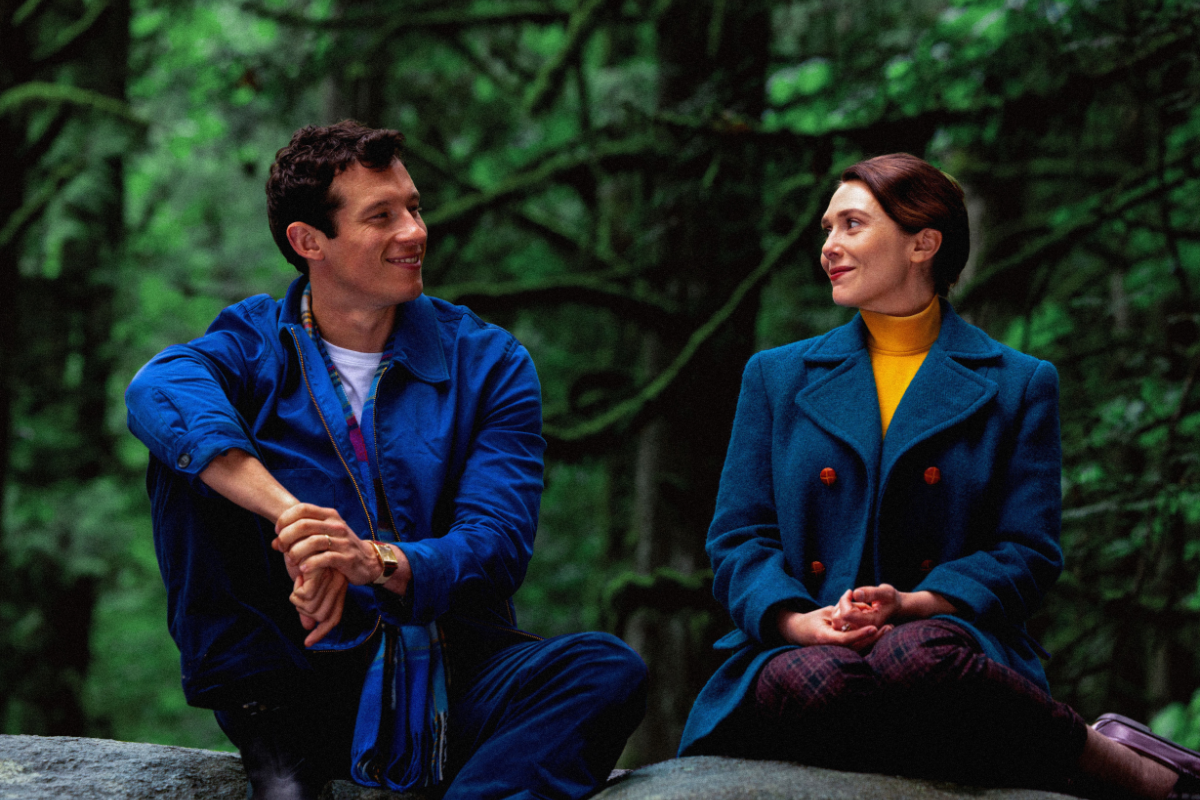WENDY’S LA4HIRE: Great Screenplay Writing Part 5 – Character Arc
Wendy Kram examines how great screenplay writing has in common strong character arcs, which chart the character’s transformation from where he or she starts and where they wind up.
Wendy Kram is a producer and the owner of LA FOR HIRE, one of the industry's leading consulting companies for screenwriters, filmmakers and production companies needing script development to sell and produce their projects. Follow Wendy on Twitter @wendyla4hire.
Almost every great screenplay has in common a strong character arc, which can be thought of as a line that stretches from where your protagonist is at the beginning of the movie to where he or she winds up at the end. The arc charts the character’s transformation -- from selfishness to selflessness, cowardice to courage, insecurity to confidence, vengefulness to forgiveness, from autopilot to self-awareness, and so on. In creating your character arc, it’s important to know where your protagonist is emotionally when the movie starts. Is he or she down in the dumps? Or on top of the world? Complacent? Are they fiercely ambitious? Filled with hubris? Or insecure?
If the hero or heroine of your film starts off in a down place such as losing a job, going through a divorce, feeling defeated, the movie will probably chart his or her journey as they lift themselves up and re-discover the meaning and purpose in his or her life.
Where does the character wind up? Does he or she get what they wanted? Sometimes they do, sometimes they don't. Both can be good choices. Whether it's a drama, a thriller, or a comedy, the key with any character arc is that your protagonist starts off in one place and winds up somewhere else. Even if they don’t get what they thought they wanted, they usually undergo a transformation or maturation process and have a new sense of awareness based on their journey.
Examples:
In Schindler's List, Oscar Schindler started out seeking opportunities to make money with the Nazis. That was what he wanted. Where did he wind up? His character arc led to him defying the Nazis in order to save hundreds of Jewish lives, the very same people who were initially faceless to him and he unthinkingly intended to exploit for his own selfish gain.
In Hall Pass, the husbands all wanted permission from their wives to have a week to be with other women. Did they get it? They thought they wanted it, but in the end, they realized they wanted to be with their wives more than other women.
In The Wrestler, a poignant character study, the Mickey Rourke character wanted to reconnect with his daughter more than anything. But he got in his own way and in the end, recognized the only place he knew and belonged was inside "the ring."
In The Proposal, Sandra Bullock’s character started out as solely determined to keep her high-level job without any interest in having an intimate relationship, let alone an intimate relationship with her assistant. She started out cornering him into pretending they were engaged so she could avoid deportation. The engagement was only a ploy to keep her job. Where she wound up, however, was a different story. She fell in love with him.
These are just some examples where the character arc traces a larger swing of the pendulum. But there are also effective movies where the character arcs are smaller such as in About Schmidt and Sideways (more below).
Character Arc and How It Relates to Structure
Knowing who your character is, where he or she starts out, the journey, adventures, and trials and tribulations he or she undergoes, and where he or she winds up – are inextricably linked to your structure. Essentially, your protagonist’s character arc is synonymous with your beginning, middle and end, elements every great screenplay must have.
The Beginning aka First Act:
One way to think of your first act is where your character starts out, setting the stage for the character arc and your character's transformation. In a film such as The Revenant, life starts out rough, as one can expect for prospectors in the 1800’s, but legendary frontiersman Hugh Glass (DiCaprio) seems to have a handle on his environment, equipped with expert skills to navigate the rugged terrain and attacks from Native Americans – until things go seriously wrong and he’s left for dead by his own men. Thus begins the second act: What will this man do now that his world has changed? He’s lost the most precious thing in his life and he’s practically a dead man. Will he survive? Does he have the strength to continue? What does he have left to live for?
The Middle aka The Second Act:
The conflict and obstacles that set your character in motion, on a course often different than the one he or she expected or wanted and which he or she must face and overcome make up the middle section of your character's arc or transformation.
In the second act of The Revenant, our hero faces a plethora of escalating obstacles: the brutality of nature, attacks from warring Native Americans seeking their own vengeance, starvation, physical limitations and infection. Like Odysseus, Glass was expecting to return to a place of safety but one obstacle after another prevents him from reaching his goal, threatening to defeat him each step of the way. Throughout the second act, he is tested over and over again -- Will he succumb to these forces? Or will sheer force of will, innate intuition and resourcefulness, and the powerful motivation for revenge prevent him from succumbing to those elements that would have certainly defeated lesser men and women?
The End/Resolution aka Third Act:
Where you character winds up, i.e. in a different emotional place than where he or she started, having matured, having accomplished something is the destination of your character's journey or arc.
That accomplishment can be killing a monster, capturing the serial killer, stopping the terrorist. Or it can be a small victory or realization such as the quiet but powerful epiphany of Jack Nicholson’s character at the end of About Schmidt when a tiny letter signifies his life has had some meaning, or Paul Giomatti’s character moment in Sideways when he finally drinks from the bottle of wine he’s been saving. It’s a small moment that signifies his transformation from a man who lived a controlled, by-the-book, safe life to one where he is now willing to take risks. It’s subtle but it’s a definite transformation, a butterfly emerging from a cocoon. In some cases, the resolution can be a literal death as in The Wrestler and Million Dollar Baby. It can also be the death of a relationship, marriage or family unit as in Ordinary People, where such a death can signify peace, coming to terms with one’s life and life choices, and thereby pave the way for a new beginning.
In The Revenant, the film ended with the character’s awareness of the very existential question of his existence. Now that he had fulfilled the very thing that kept him alive -- avenging his son’s death -- what was next for him? An ambiguous ending but one that completed the journey in an electrifying confrontation with his nemesis and a battle to the death. But now that the enemy was vanquished, Glass was left with the awareness of his own mortality which he had staved off until this point, the fragility of all life and its existential meaning. In the end, all that was left was the integrity of the way he lived his life and the strong foundation of love he experienced with his son and wife, and nothing he does or did can change that.
Related Articles:
- Wendy's LA4HIRE: Great Screenplay Writing, Part 1
- Wendy's LA4HIRE: Great Screenplay Writing, Part 2 - Empathy for Characters
- Wendy's LA4HIRE: Great Screenplay Writing, Part 3 - Characters
- Wendy's LA4HIRE: Great Screenplay Writing, Part 4 - Kill Exposition
Get more screenwriting success tips from Wendy Kram in her OnDemand webinar 12 Top Tips to Write a Screenplay That Gets Noticed by Agents and Production Companies
Wendy Kram is a producer and the owner of LA FOR HIRE, one of the industry's leading consulting companies for screenwriters, filmmakers and production companies, assisting them in developing, packaging and selling their projects. Creative Screenwriting Magazine ranks her in the Industry’s Top 3 Picks for “Best Script Consultants” with expertise in marketing. She is a respected, working producer with multiple features and series in active development, and she is responsible for securing high six-figure deals for her clients. To learn more about Wendy’s services, success stories and how she may be able to help you advance your projects, email wendy@la4hire.com.







